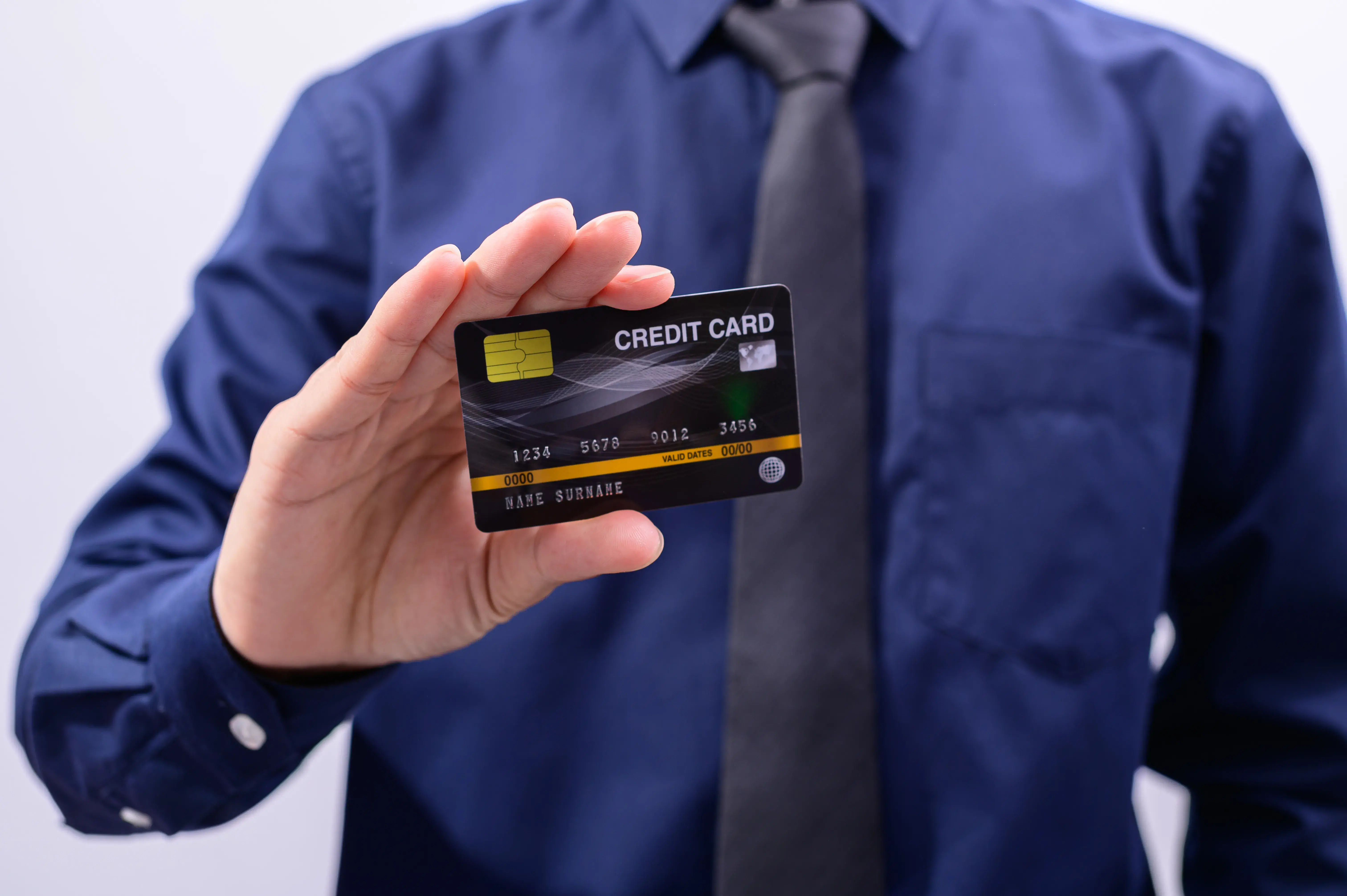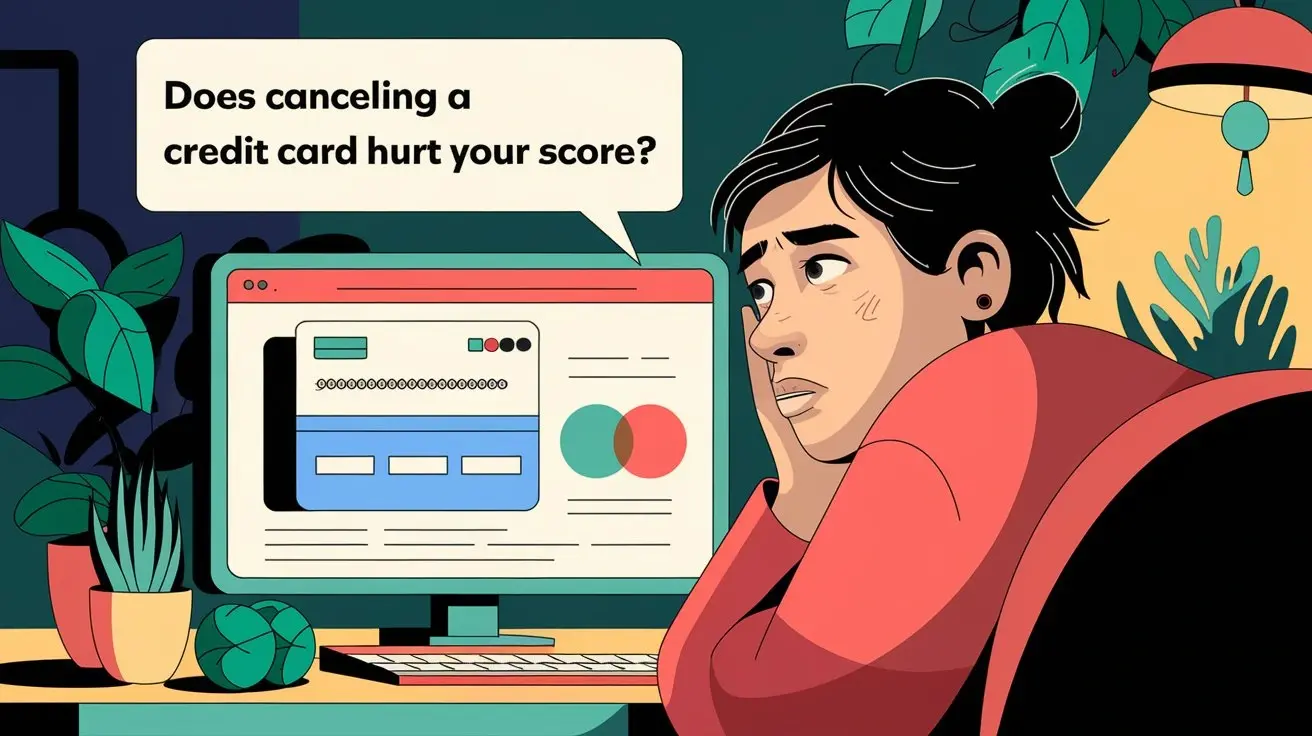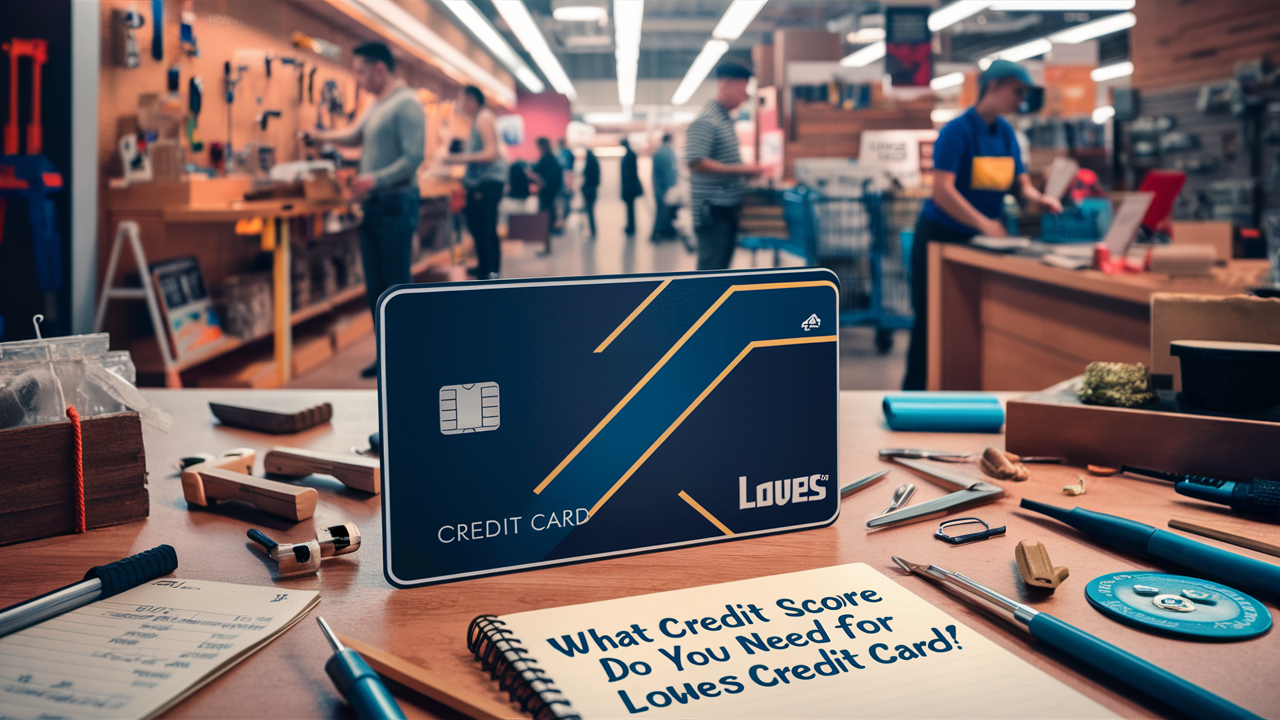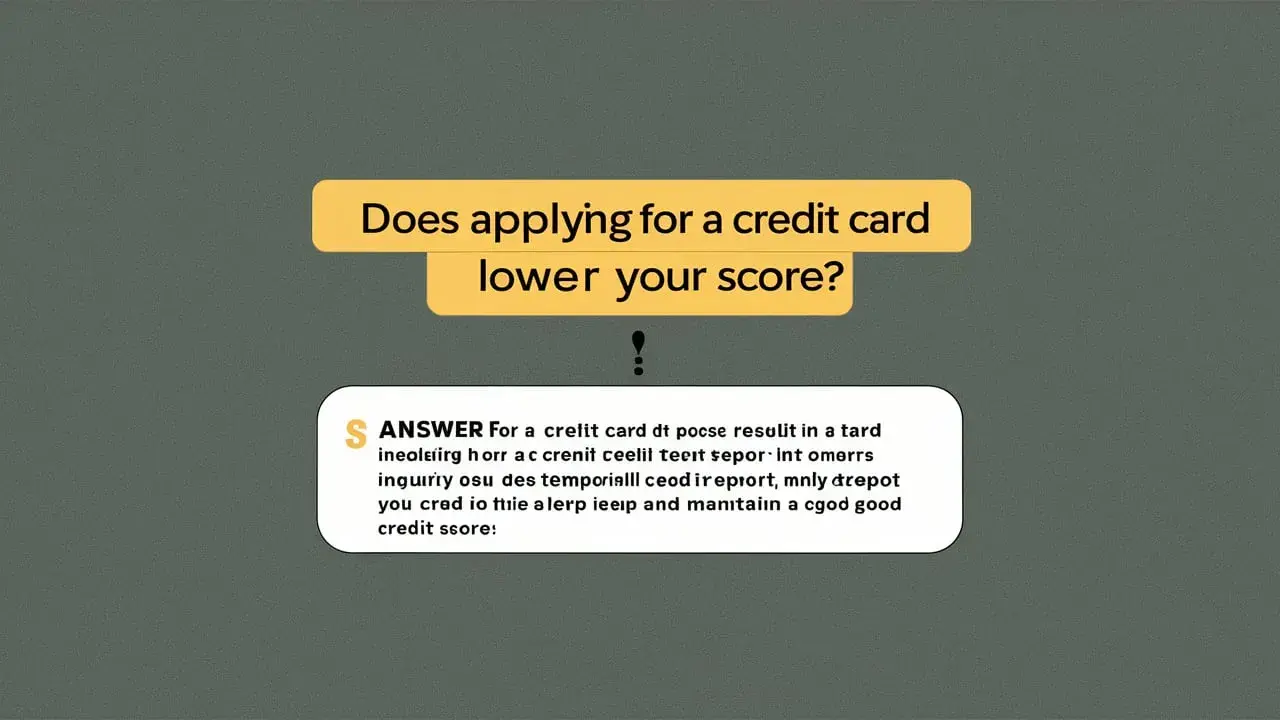-
Posted on: 11 Mar 2023
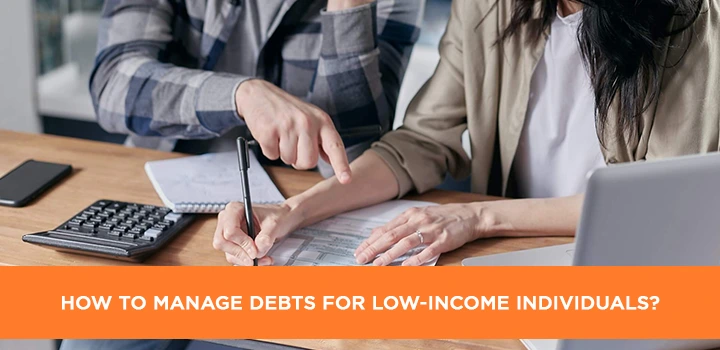
-
Understanding Debt for Low-Income Individuals
Managing debt can be a significant challenge for anyone, but for individuals with low incomes, it presents a unique and often overwhelming hurdle. Limited financial resources mean that even small debts can quickly spiral out of control, impacting essential needs like housing, food, and healthcare. This guide is designed to provide actionable strategies and practical advice specifically tailored to help low-income individuals navigate their debt effectively, offering a clear path toward financial stability and peace of mind in 2025. We will explore how to assess your situation, create a workable budget, implement debt reduction plans, and leverage available resources.
Debt is a complex issue, and for those earning less than the median income, it often stems from a combination of factors. Unexpected emergencies, rising living costs, medical expenses, and predatory lending practices can all contribute to a growing debt burden. The psychological toll of debt can be immense, leading to stress, anxiety, and feelings of hopelessness. However, by understanding the nature of debt and employing strategic management techniques, it is possible to regain control of your finances. This comprehensive guide aims to demystify debt management and empower individuals with the knowledge and tools necessary to make informed decisions and build a more secure financial future.
In 2025, the landscape of financial assistance and debt management tools continues to evolve. Understanding the current economic climate, including inflation rates and the availability of support programs, is crucial. For low-income individuals, this often means prioritizing essential expenses and seeking out the most cost-effective solutions for debt repayment. It's about making every dollar count and strategically allocating resources to tackle debt without compromising basic needs. The following sections will break down the process into manageable steps, making it easier to implement these strategies in your daily life.
Assessing Your Current Debt Situation
The first and most critical step in managing debt is to gain a clear and honest understanding of your current financial picture. This involves meticulously tracking all your debts, income, and expenses. Without this foundational knowledge, any debt management plan will be built on shaky ground. It's essential to be thorough and leave no stone unturned when assessing your financial situation. This process might feel daunting, but it's the bedrock upon which all successful debt management strategies are built.
Gathering All Your Debt Information
You need to compile a comprehensive list of every debt you owe. This includes credit cards, personal loans, student loans, medical bills, payday loans, and any other outstanding financial obligations. For each debt, you should record the following crucial details:
- Creditor Name: Who you owe money to.
- Current Balance: The total amount you still owe.
- Interest Rate (APR): This is vital for prioritizing repayment. High-interest debts drain your finances faster.
- Minimum Monthly Payment: The smallest amount you are required to pay each month.
- Due Date: When the payment is due to avoid late fees and penalties.
- Type of Debt: e.g., unsecured (credit cards, personal loans) or secured (car loans, mortgages).
As of 2025, the average credit card APR can range from 15% to over 25%, making these debts particularly costly if not managed carefully. Payday loans, often a last resort for low-income individuals, can have astronomically high APRs, sometimes exceeding 400%, making them extremely dangerous.
Calculating Your Net Income
Next, determine your actual take-home pay after taxes and other deductions. This is the money you have available to spend and save each month. If your income is variable, it's best to calculate an average monthly income based on the past several months, or use a conservative estimate to ensure you're not overestimating your available funds.
For individuals with low incomes, understanding all potential sources of income is important. This might include wages, government benefits (like SNAP, TANF, or housing assistance), child support, or any other regular financial support. Ensure you are accurately accounting for all these inflows.
Tracking Your Expenses
This is where many people discover where their money is actually going. For at least one month, and ideally three, meticulously track every single expense. Use a notebook, a spreadsheet, or a budgeting app. Categorize your spending to identify areas where you might be able to cut back. Common categories include:
- Housing (rent/mortgage, utilities)
- Food (groceries, dining out)
- Transportation (gas, public transport, car maintenance)
- Healthcare (insurance premiums, co-pays, prescriptions)
- Debt payments
- Personal care
- Entertainment
- Miscellaneous
A 2025 study by the Bureau of Labor Statistics indicated that essential expenses like housing and food continue to be the largest portion of a low-income household's budget. Identifying non-essential spending is key to freeing up funds for debt repayment.
Calculating Your Debt-to-Income Ratio (DTI)
Your Debt-to-Income ratio is a crucial metric that lenders use to assess your ability to manage monthly payments. It's calculated by dividing your total monthly debt payments by your gross monthly income.
Formula: DTI = (Total Monthly Debt Payments / Gross Monthly Income) * 100
For example, if your total monthly debt payments are $500 and your gross monthly income is $2,000, your DTI is 25%.
A DTI of 43% or lower is generally considered good, but for low-income individuals, aiming for a significantly lower DTI is ideal to create breathing room. A high DTI can indicate that you are overextended and may struggle to make payments, especially if unexpected expenses arise.
By completing these assessment steps, you will have a clear, data-driven picture of your financial situation. This clarity is empowering and forms the essential groundwork for developing an effective debt management plan. Without this detailed assessment, any subsequent steps will be less targeted and potentially less effective.
Creating a Realistic Budget
Once you have a firm grasp of your income, expenses, and debts, the next crucial step is to create a realistic budget. A budget is not about restriction; it's about control. It's a roadmap that guides your spending and ensures your money is working towards your financial goals, including debt reduction. For individuals with low incomes, a budget is particularly vital as it helps to maximize limited resources and prevent overspending.
Understanding Budgeting Methods
There are several budgeting methods, and the best one for you will depend on your personal preferences and financial situation. Here are a few popular options:
- Zero-Based Budgeting: Every dollar of income is assigned a job (spending, saving, debt repayment). Income minus expenses and savings should equal zero. This method offers maximum control.
- Envelope System: Cash is allocated to different spending categories (e.g., groceries, gas) and placed into physical envelopes. Once an envelope is empty, you stop spending in that category until the next budget period. This is excellent for tangible control over variable spending.
- 50/30/20 Rule: 50% of income for needs, 30% for wants, and 20% for savings and debt repayment. While a good guideline, for low-income individuals, the "needs" category might exceed 50%, requiring adjustments.
For low-income individuals, a modified zero-based budget or a strict envelope system often proves most effective due to the need for precise allocation of every dollar.
Identifying Needs vs. Wants
This is a critical component of budgeting, especially when resources are scarce. Differentiate between essential expenses (needs) and discretionary spending (wants). In 2025, with rising costs, this distinction is more important than ever.
- Needs: These are essential for survival and well-being. Examples include:
- Housing (rent/mortgage, property taxes)
- Utilities (electricity, water, gas, internet for essential communication)
- Food (groceries)
- Transportation (to work, essential errands)
- Healthcare (insurance premiums, necessary medications)
- Minimum debt payments
- Wants: These are non-essential items that improve quality of life but are not critical for survival. Examples include:
- Dining out
- Entertainment (movies, subscriptions)
- New clothing beyond necessity
- Hobbies
- Vacations
The goal is to minimize "wants" to free up more money for "needs" and debt repayment.
Strategies for Cutting Expenses
Once you've identified your needs and wants, look for areas where you can reduce spending. Even small savings can add up significantly over time.
- Food:
- Plan meals and create grocery lists.
- Buy in bulk when items are on sale and you can use them.
- Cook at home instead of eating out or ordering delivery.
- Utilize food banks or community assistance programs if eligible.
- Look for discounts and coupons.
- Utilities:
- Be mindful of electricity and water usage.
- Consider energy-efficient light bulbs.
- Negotiate with service providers for lower rates (internet, phone).
- Explore government assistance programs for utility bills (e.g., LIHEAP).
- Transportation:
- If possible, use public transportation, carpool, or walk/bike.
- Maintain your vehicle to prevent costly repairs.
- Shop around for cheaper car insurance.
- Entertainment & Subscriptions:
- Cancel unused subscriptions (streaming services, gym memberships).
- Look for free or low-cost entertainment options (local parks, libraries, community events).
- Borrow books and movies from the library.
- Other Expenses:
- Buy generic brands instead of name brands.
- Shop at thrift stores for clothing and household items.
- Avoid impulse purchases by implementing a 24-hour waiting period.
Allocating Funds for Debt Repayment
With your expenses reduced, you can now strategically allocate the freed-up money towards your debts. This is where your budget becomes a powerful tool for debt reduction. Even an extra $20 or $50 per month directed towards debt can make a difference. Prioritize paying more than the minimum on at least one debt, especially those with the highest interest rates.
Reviewing and Adjusting Your Budget
A budget is not a static document. Your income, expenses, and financial goals will change. It's essential to review your budget regularly, at least monthly, and make adjustments as needed. If you overspent in one category, see where you can cut back in another. If you received unexpected income, decide how to allocate it wisely—perhaps an extra debt payment or building a small emergency fund.
Creating and sticking to a budget is perhaps the most impactful step a low-income individual can take to manage debt. It provides clarity, control, and a clear path to allocate limited resources effectively towards becoming debt-free. It requires discipline and consistency, but the rewards of financial stability are well worth the effort.
Debt Reduction Strategies for Low-Income Households
Once you have a solid budget in place and have identified how much extra you can allocate towards debt, it's time to choose the right debt reduction strategy. For low-income individuals, the key is to choose a method that is sustainable, effective, and doesn't lead to further financial strain. The goal is to pay off debt efficiently while managing essential living expenses. In 2025, with ongoing economic pressures, these strategies are more critical than ever.
The Debt Snowball Method
The Debt Snowball method focuses on psychological wins. You pay the minimum on all debts except for the smallest one, on which you pay as much as possible. Once the smallest debt is paid off, you take the money you were paying on it and add it to the minimum payment of the next smallest debt. This creates a "snowball" effect, where your payments grow larger as you eliminate debts.
Pros:
- Provides quick wins and builds momentum, which can be highly motivating.
- Simple to understand and implement.
Cons:
- May result in paying more interest over time compared to other methods because it doesn't prioritize high-interest debts.
Example:
Debt Balance Minimum Payment Interest Rate Credit Card A $500 $25 20% Personal Loan B $1,000 $50 10% Medical Bill C $2,000 $100 0% With the snowball method, you'd aggressively pay off Credit Card A first ($500), while making minimum payments on B and C. Once A is gone, you'd add its $25 to the payment for Personal Loan B, attacking it with $75/month. Then, that combined amount would go towards Medical Bill C.
The Debt Avalanche Method
The Debt Avalanche method prioritizes paying off debts with the highest interest rates first, while making minimum payments on all other debts. This method is mathematically the most efficient way to save money on interest charges over time.
Pros:
- Saves the most money on interest in the long run.
- Mathematically the fastest way to become debt-free.
Cons:
- May take longer to see the first debt paid off, which can be discouraging for some.
Example (using the same debts as above):
Debt Balance Minimum Payment Interest Rate Credit Card A $500 $25 20% Personal Loan B $1,000 $50 10% Medical Bill C $2,000 $100 0% With the avalanche method, you'd attack Credit Card A first due to its 20% APR. You'd pay its minimum of $25 plus any extra funds you can allocate, while making minimums on B and C. Once A is paid off, you'd move to Personal Loan B (10% APR), and then finally Medical Bill C (0% APR).
Debt Consolidation
Debt consolidation involves combining multiple debts into a single new loan. The goal is to get a lower interest rate or a more manageable monthly payment. For low-income individuals, this can be tricky due to credit score requirements, but it's worth exploring.
- Personal Loans: You can take out a new personal loan to pay off existing debts. If you can qualify for a loan with a lower interest rate than your current debts, this can save you money.
- Balance Transfer Credit Cards: Some credit cards offer 0% introductory APR on balance transfers. This can give you a period (e.g., 12-18 months) to pay down debt without accruing interest. Be aware of balance transfer fees and the regular APR after the introductory period.
- Home Equity Loans/Lines of Credit (HELOCs): If you own a home, you might be able to use its equity to consolidate debt. However, this converts unsecured debt into secured debt, meaning your home is collateral. This is a high-risk option.
Considerations for Low-Income Individuals:
- Credit Score: A good credit score is usually required for favorable consolidation loan terms. If your credit is poor, consolidation might not be an option or could come with very high interest rates.
- Fees: Always factor in any fees associated with consolidation (e.g., balance transfer fees, origination fees).
- Interest Rate: Ensure the new interest rate is genuinely lower than the average of your current debts.
- Risk: Be cautious with secured loans like HELOCs, as defaulting could lead to losing your home.
Debt Management Plans (DMPs)
A Debt Management Plan is offered by non-profit credit counseling agencies. They work with your creditors to negotiate lower interest rates, waive late fees, and set up a single, affordable monthly payment that you make to the agency. The agency then distributes the payments to your creditors.
Pros:
- Can significantly lower interest rates and monthly payments.
- Simplifies payments into one monthly bill.
- Can help improve credit over time if managed correctly.
Cons:
- May involve a small monthly fee for the agency's services.
- Some accounts may be closed as part of the plan (e.g., credit cards).
- May impact your credit score in the short term, though it's often a better alternative than defaulting.
This is often an excellent option for low-income individuals who are struggling to manage multiple high-interest debts.
Payday Loan Alternatives
Payday loans are a debt trap for many low-income individuals. If you're struggling with payday loan debt, explore alternatives:
- Credit Union Loans: Many credit unions offer small, short-term loans with much lower interest rates than payday lenders.
- Employer Advance Programs: Some employers offer payroll advances, which are essentially interest-free loans against your earned wages.
- Community Programs: Local charities and community organizations may offer emergency financial assistance or short-term loans.
- Negotiate with the Lender: Sometimes, you can negotiate a payment plan directly with the payday lender, though their terms can still be unfavorable.
Choosing the right debt reduction strategy is a personal decision. For low-income individuals, sustainability and avoiding further financial distress are paramount. Often, a combination of budgeting, aggressive repayment on one or two debts (avalanche or snowball), and potentially a DMP can be the most effective approach. It's about finding a path that you can realistically stick to.
Negotiating with Creditors
When you're facing financial hardship, especially with a low income, communicating with your creditors is not just an option—it's a necessity. Many creditors are willing to work with you to find a solution, especially if you proactively reach out before you miss payments or default. They would rather receive some payment than no payment at all. In 2025, creditors are often more receptive to negotiation due to widespread economic challenges.
When to Negotiate
The best time to negotiate is before you miss a payment. If you anticipate difficulty making a payment, contact your creditor immediately. If you have already missed payments, it's still not too late. The sooner you communicate, the more options you are likely to have.
Reasons you might need to negotiate:
- Unexpected job loss or reduction in income.
- Significant medical expenses.
- Natural disasters or other emergencies.
- Overwhelmed by multiple debt payments.
How to Prepare for a Negotiation
Preparation is key to a successful negotiation. Before you call your creditor, gather the following:
- Your Account Information: Have your account number, name, and other identifying details ready.
- Your Financial Situation: Be ready to explain (briefly and honestly) why you are having trouble making payments. You don't need to overshare personal details, but a clear reason helps.
- Your Budget: Show that you have a budget and have identified how much you can realistically afford to pay. This demonstrates responsibility.
- Your Goal: Know what you are asking for. Are you looking for a temporary payment reduction, a lower interest rate, a deferment, or a payment plan?
What to Ask For
When you speak with a creditor, be polite, respectful, and clear about your situation. Here are some common requests:
- Reduced Monthly Payments: Ask if they can lower your minimum payment for a specific period.
- Lower Interest Rate (APR): This is crucial for reducing the overall cost of your debt. A temporary or permanent reduction can make a significant difference.
- Payment Deferment or Forbearance: This allows you to temporarily pause payments or make reduced payments for a set period. Interest may still accrue during this time, so understand the terms.
- Waived Late Fees: If you've missed a payment, ask if they can waive any associated late fees.
- Payment Plan: Request a structured plan to pay off your debt over an extended period, often with a reduced interest rate.
Tips for Successful Negotiation
- Be Polite and Respectful: The person on the other end of the phone is a human being. A calm and respectful demeanor goes a long way.
- Be Honest and Transparent: Explain your situation clearly and concisely.
- Be Prepared to Compromise: You might not get everything you ask for, but aim for a mutually agreeable solution.
- Get Everything in Writing: Once you reach an agreement, ask for confirmation in writing. This protects you and ensures both parties are on the same page.
- Know When to Escalate: If the representative you're speaking with cannot help, politely ask to speak with a supervisor or a hardship department.
Negotiating with Specific Types of Creditors
- Credit Card Companies: These are often the most flexible. They may offer lower APRs, reduced payments, or balance transfers.
- Medical Providers: Hospitals and clinics often have financial assistance programs or offer interest-free payment plans for those who qualify. Always ask about these options.
- Student Loan Lenders: Federal student loans offer income-driven repayment plans (like SAVE, PAYE, IBR) that can significantly lower monthly payments based on your income. Private student loans may be more difficult to negotiate with, but it's still worth trying.
- Utility Companies: Many utility companies have hardship programs or budget billing options to help manage monthly payments.
- Payday Lenders: These are the most difficult to negotiate with due to their predatory nature. If you are in a payday loan cycle, seeking help from a non-profit credit counselor is highly recommended.
Proactive communication and negotiation can prevent your debt from escalating and provide much-needed relief. Remember, creditors want to be repaid, and by demonstrating your willingness to work with them, you open the door to potential solutions that can ease your financial burden.
Seeking Professional Help and Resources
For low-income individuals facing significant debt, trying to navigate the complexities alone can be overwhelming. Fortunately, a wealth of resources and professional help is available. Leveraging these services can provide expert guidance, support, and access to programs that might not be readily apparent. In 2025, these resources are more vital than ever to ensure individuals can access effective debt management solutions.
Non-Profit Credit Counseling Agencies
These agencies are a cornerstone of financial assistance for individuals struggling with debt. They are typically funded by grants, donations, and sometimes nominal fees for services. Reputable agencies are accredited and can offer:
- Budgeting and Financial Education: They can help you create a realistic budget and understand your financial situation.
- Debt Management Plans (DMPs): As discussed earlier, they can negotiate with creditors on your behalf to consolidate your payments and potentially lower interest rates.
- Credit Counseling: They provide advice on managing credit and debt responsibly.
- Bankruptcy Counseling: If bankruptcy is being considered, they offer mandatory pre-filing credit counseling.
How to Find a Reputable Agency:
- Look for agencies accredited by the National Foundation for Credit Counseling (NFCC) or the Financial Counseling Association of America (FCAA).
- Check reviews and ask for recommendations.
- Be wary of agencies that guarantee debt elimination or charge exorbitant upfront fees.
Legal Aid Societies and Pro Bono Services
If your debt situation is severe or involves legal disputes (e.g., lawsuits from creditors, wage garnishment), legal aid societies can provide free or low-cost legal assistance to eligible individuals. Many attorneys also offer pro bono (free) services for debt-related matters.
- What they can help with:
- Responding to lawsuits.
- Negotiating settlements.
- Advising on bankruptcy.
- Protecting you from predatory collection practices.
- How to find them:
- Search online for "Legal Aid Society [your city/state]".
- Contact your local bar association for pro bono referrals.
Government Assistance Programs
Various government programs exist to help low-income individuals manage essential needs, which indirectly frees up funds for debt repayment. While not direct debt relief, they are crucial for financial stability:
- Supplemental Nutrition Assistance Program (SNAP): Helps low-income individuals and families buy food.
- Temporary Assistance for Needy Families (TANF): Provides temporary financial assistance to families with children.
- Housing Choice Vouchers (Section 8): Helps low-income families, the elderly, and the disabled afford decent, safe, and sanitary housing.
- Low Income Home Energy Assistance Program (LIHEAP): Helps with heating and cooling costs.
- Medicaid and Children's Health Insurance Program (CHIP): Provide low-cost or free health coverage.
Eligibility for these programs varies by state and income level. You can usually find information on your state's Department of Social Services or Health and Human Services website.
Community Action Agencies
These local non-profit organizations are dedicated to helping low-income individuals and families achieve self-sufficiency. They often offer a range of services, including:
- Financial literacy workshops.
- Emergency assistance (rent, utilities).
- Job training and placement services.
- Referrals to other community resources.
Search online for "Community Action Agency [your city/county]" to find local resources.
Online Resources and Tools
The internet offers a vast array of free tools and information:
- Budgeting Apps: Apps like Mint, YNAB (You Need A Budget), or Personal Capital can help you track spending and create budgets.
- Debt Calculators: Many websites offer free calculators to help you compare debt payoff strategies (snowball vs. avalanche).
- Financial Education Websites: Reputable sites like the Consumer Financial Protection Bureau (CFPB), NerdWallet, and Investopedia offer articles and guides on debt management.
When to Consider Bankruptcy
For some individuals, bankruptcy may be the only viable option to escape overwhelming debt. It's a serious decision with long-term implications, and it's crucial to consult with a qualified bankruptcy attorney or a non-profit credit counselor to understand if it's the right path for you. There are two main types of consumer bankruptcy:
- Chapter 7: This is often called liquidation bankruptcy. A trustee may sell some of your non-exempt assets to pay off creditors. Many essential assets are protected.
- Chapter 13: This is called reorganization bankruptcy. You repay a portion of your debts over a 3-5 year period through a court-approved repayment plan.
Bankruptcy can provide a fresh start, but it will significantly impact your credit for many years. It should be considered a last resort after exhausting all other options.
Seeking professional help and utilizing available resources is a sign of strength, not weakness. These services are designed to support individuals in challenging financial situations and can provide the expertise and guidance needed to overcome debt and build a more stable financial future.
Preventing Future Debt
Once you've made progress in managing your current debt, the focus shifts to preventing it from accumulating again. This involves building healthy financial habits and establishing a strong financial foundation. For low-income individuals, this means being particularly diligent and strategic to avoid falling back into debt traps. In 2025, with continued economic uncertainties, a proactive approach to debt prevention is essential.
Building an Emergency Fund
An emergency fund is a small amount of money set aside for unexpected expenses. It's your first line of defense against needing to take on new debt when life throws a curveball.
- Start Small: Even saving $10-$20 per week is a start. Aim to build up to at least $500-$1,000 initially.
- Keep it Accessible: Store your emergency fund in a separate savings account that is easily accessible but not so easy that you'll be tempted to dip into it for non-emergencies.
- Prioritize It: Treat saving for your emergency fund as a non-negotiable expense in your budget.
- Replenish It: If you have to use your emergency fund, make replenishing it a priority once the immediate crisis has passed.
A well-funded emergency fund can prevent you from relying on high-interest credit cards or payday loans when your car breaks down, you have a medical emergency, or you face an unexpected job interruption.
Living Within Your Means
This is the cornerstone of long-term financial health. It means ensuring your spending does not exceed your income. This requires ongoing discipline with your budget and a commitment to distinguishing between needs and wants.
- Regular Budget Review: Continuously monitor your spending against your budget.
- Avoid Lifestyle Inflation: As your income potentially increases, resist the urge to immediately increase your spending proportionally. Instead, allocate some of the increase to savings, debt repayment, or investments.
- Delayed Gratification: Practice waiting before making purchases, especially larger ones. This allows you to assess if you truly need the item and if it fits within your budget.
Responsible Use of Credit
Credit can be a useful tool when used wisely, but it can also be a significant source of debt if not managed carefully.
- Understand Credit Scores: Know what impacts your credit score and work to maintain a good one. A good score can lead to lower interest rates on loans and better terms on financial products.
- Use Credit Cards Sparingly: If you use credit cards, aim to pay the balance in full each month. If you can't, only use them for essential purchases you can afford to pay off quickly.
- Avoid New Debt: Be very cautious about taking on new loans or credit card balances, especially for non-essential items.
- Beware of "Buy Now, Pay Later" Schemes: While convenient, these can encourage overspending and lead to multiple small debts that are hard to track.
Continuous Financial Education
The financial world is constantly changing. Staying informed is crucial for making sound financial decisions.
- Read Books and Articles: Educate yourself on personal finance topics.
- Attend Workshops: Many community organizations and credit unions offer free financial literacy workshops.
- Follow Reputable Financial Experts: Learn from trusted sources.
Setting Financial Goals
Having clear financial goals provides motivation and direction. These goals can range from building an emergency fund to saving for a down payment on a home or planning for retirement.
- Short-Term Goals: (e.g., saving $1,000 for an emergency fund, paying off a small debt).
- Mid-Term Goals: (e.g., saving for a car repair, paying off a larger debt).
- Long-Term Goals: (e.g., saving for retirement, a down payment on a house).
Break down larger goals into smaller, achievable steps. Celebrate milestones along the way to stay motivated.
Building Multiple Income Streams (If Possible)
For low-income individuals, increasing income can be a powerful way to accelerate debt repayment and build financial security. This could involve:
- Seeking a Higher-Paying Job: Invest in skills training or education that can lead to better employment opportunities.
- Part-Time Work or Side Hustle: Explore opportunities for freelance work, gig economy jobs, or selling goods/services.
- Monetizing Hobbies: Turn a passion into a small income stream.
Any additional income should be strategically allocated, with a significant portion directed towards debt reduction and savings.
Preventing future debt is an ongoing process that requires commitment and consistent effort. By implementing these strategies, low-income individuals can build resilience, avoid financial pitfalls, and work towards long-term financial well-being.
Conclusion
Managing debt as a low-income individual in 2025 presents significant challenges, but it is by no means an insurmountable obstacle. The journey requires a strategic approach, unwavering discipline, and a commitment to making informed financial decisions. By thoroughly assessing your current debt landscape, creating and adhering to a realistic budget, and implementing effective debt reduction strategies like the debt avalanche or snowball method, you can systematically chip away at your financial obligations. Remember that negotiating with creditors proactively and seeking assistance from reputable non-profit credit counseling agencies or legal aid services can provide crucial support and open up avenues for relief that you might not discover on your own. Furthermore, building a robust emergency fund and focusing on preventing future debt through responsible credit use and continuous financial education are vital for long-term stability. Your path to financial freedom begins with taking the first step today, armed with knowledge and a clear plan. Embrace these strategies, stay persistent, and you can achieve a debt-free future.

